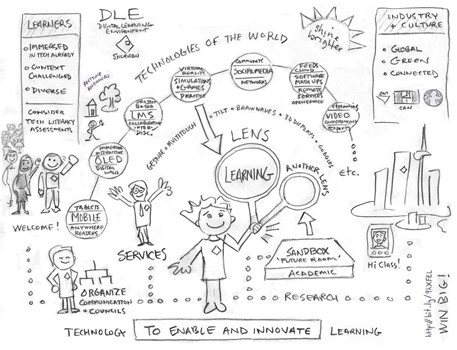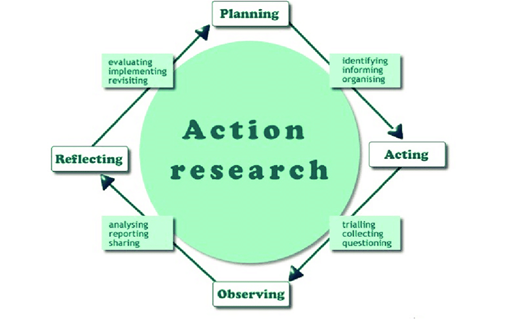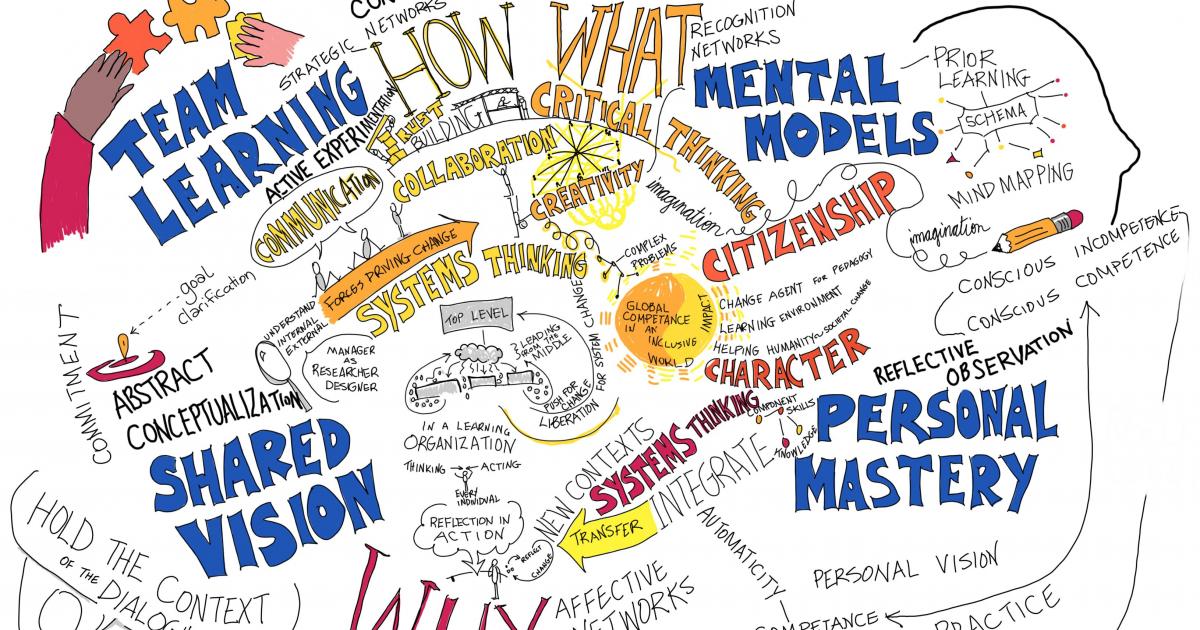What learning environments and or pedagogy need to be in place or implemented for leadership and collaboration to be effective
Collaboration hinges on three fundamental behaviours namely sharing ("two-way exchange of ideas, knowledge and experience"), trusting ("genuine confidence in the intention and integrity of team members"), and co-creating("side by side development of and contribution to solutions") (Morsaky, 2019). The RACI Model developed by Morsaky (2019) explains how leading collaboration could be implemented effectively. The model states that the learning culture and environment should adapt in a way for it to be responsible, accountable, consulted and informed (RACI)
Staff and students should be able to share the space comfortably if the RACI model is followed. Leading collaboration requires the sharing of resources, the coordination of strategies, and the exchange of knowledge. This requires some mutual adjustment on the part of both staff and students. The goal is that creative innovation will follow as a result of this collaborative effort. However, as Morsaky (2019) pointed out, collaborative progress does not always appear immediately but takes time. Morsaky's principles could be used to guide paedagogy for leading collaboration:
Mosarky's principles emphasise that collaboration break down silos, drive results and it is a fundamental set of common behaviours driven by shared values. The environment is very important to the success of the collaboration. We need an environment where there is a basic willingness to cooperate with an eager colleague for sharing information, exploring ideas, and achieving better performance. Whilst leading collaboration is all about ensuring the needed behaviours take root and flourish within a team, most importantly, leading also entails creating and nurturing environments in which people feel at ease and encouraged to engage in collaborative behaviours to develop effective collaborative teams (Morsaky, 2019).
Effective collaborative teams need to be committed to improving their teaching and monitoring the impact of teaching on student learning and well-being (Education Hub, 2018). It is very paramount to provide or nurture a non-threatening, supportive environment in which teachers can observe and explore each other’s strengths and areas for development, supporting individual teachers to develop an effective practice to a greater extent than when they teach in private, isolated spaces, and reducing variabilities between teachers’ competencies to increase the effectiveness of all teachers (Education Hub, 2018). Despite the numerous benefits of collaboration and collaborative teaching, the majority of teachers who use collaborative approaches have not evaluated the effectiveness of these approaches in terms of their impact on student achievement.
Teaching and learning environments fine-tuned for collaborative teaching are often referred to as Innovative learning environments (Education Hub, 2018). According to an Education Hub (2018) survey, New Zealand teachers and principals believe they lack knowledge about collaborative teaching and specific co-teaching strategies and skills. So what does collaboration look like? Though collaboration involves more than team teaching, I will limit my presentation on team teaching. Team teaching could take shape in different forms. It could involve the appointment of team leaders or mentors who will help and assist teacher teams. The pairing of teachers might depend on the needs or focus of the time but usually taking advantage of the collective growth of teachers skills and effectiveness will require pairing to be done strategically like an experienced and effective teacher being paired with a new or less experienced teacher.
References
"Digital Learning Environment" by Dan Zen is licensed under CC BY-NC 2.0
The Education Hub (2018) ILE and collaborative teaching. Retrieved 5 January 2022, from https://theeducationhub.org.nz/ile-and-collaborative-teaching/
Morsaky, M., (2019) Five Principles for Leading Successful Collaboration. Retrieved 3 January 2022, from https://territory.co/2019/04/principles-leading-collaboration/


 Teachers ViewPoint
Teachers ViewPoint





Please log in to post a comment.
0 Comments